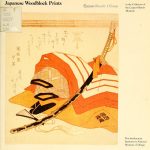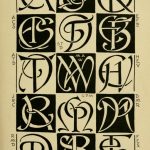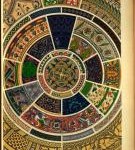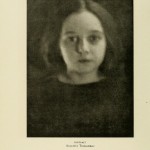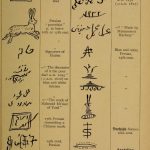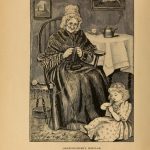
In 1892, for 50 cents or 2 shillings, you could have purchased this month’s Cultural Heritage Library selection and wowed all your friends with the latest and most comprehensive guide to knitting on the market to date. The Art of Knitting (1892) was published as a companion to The Art of Crocheting and contains simple instructions for beginners as well as more complex fancy stitches and patterns for more seasoned craftsmen. As it stands, however, we are well into the Electronic Age and you can impress your friends and save your cash by downloading this title for free from the Internet Archive!

